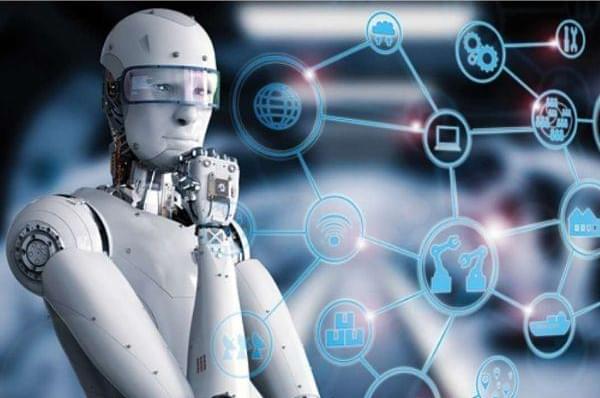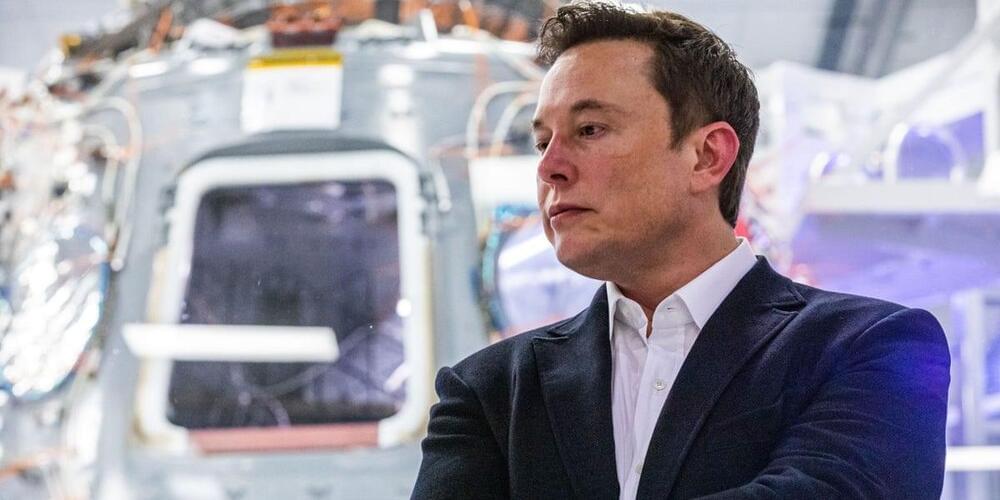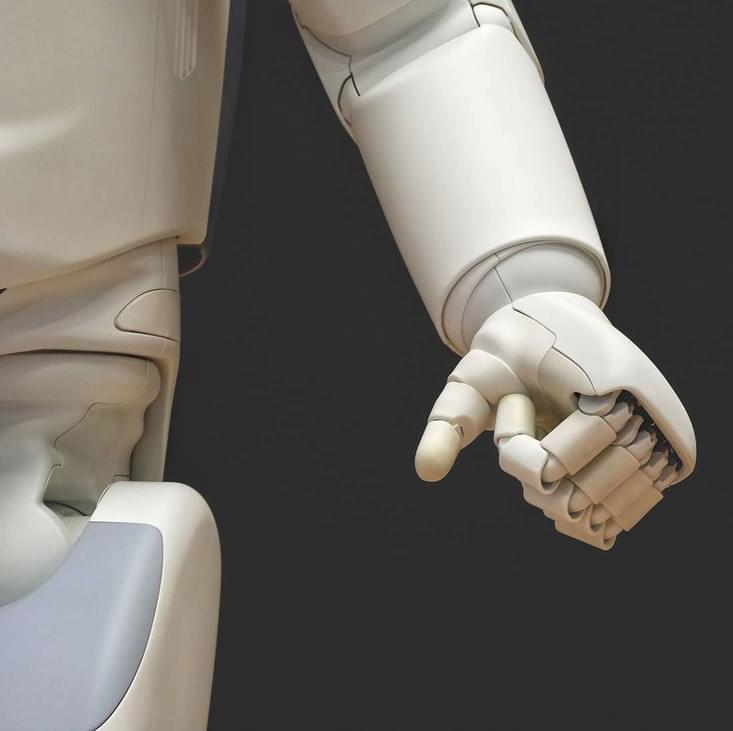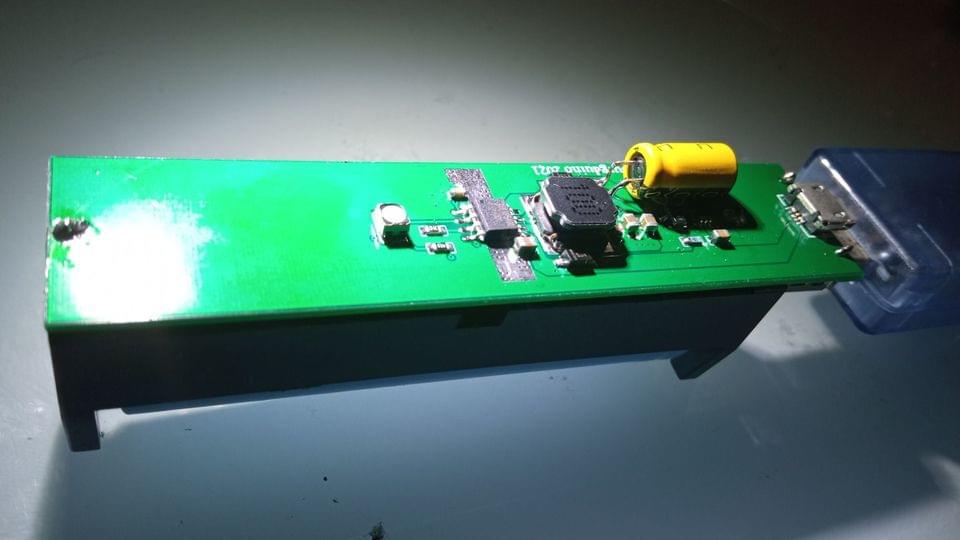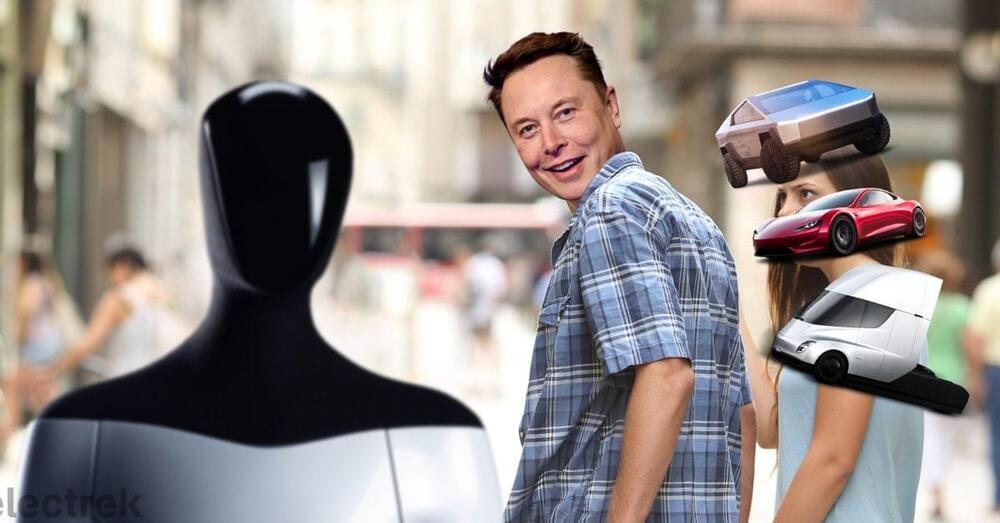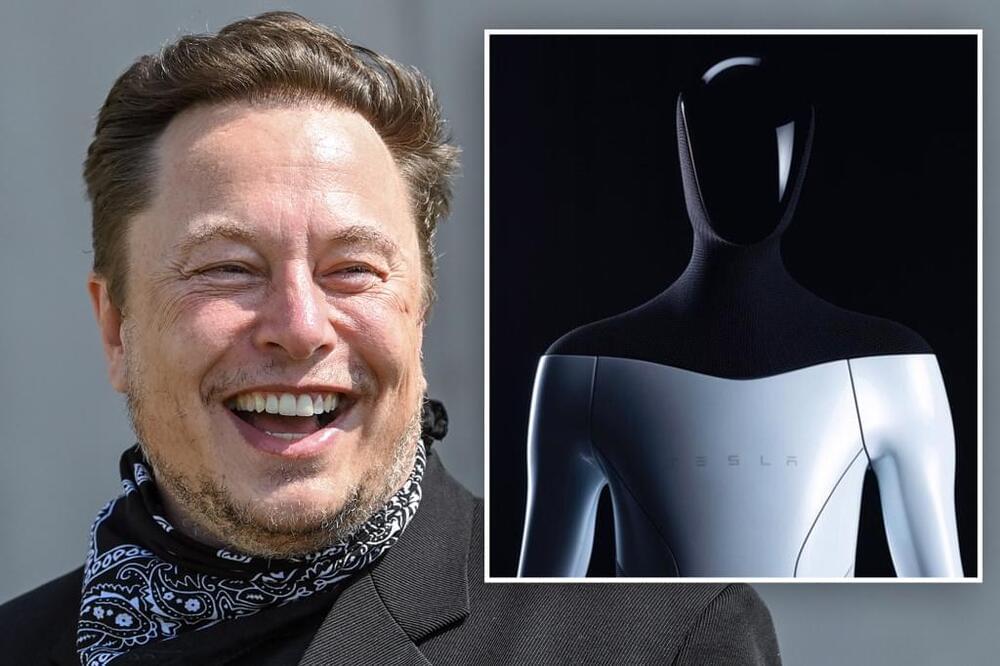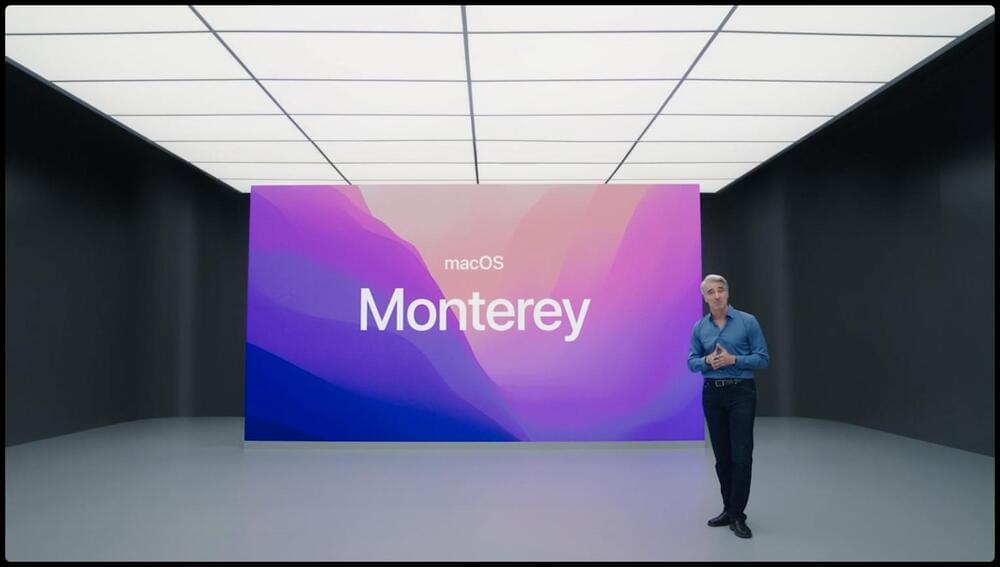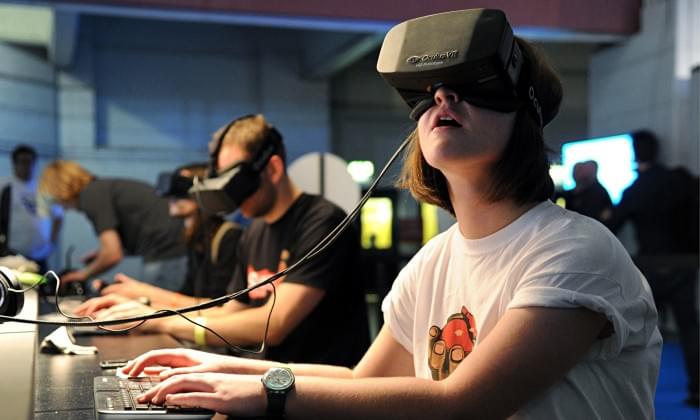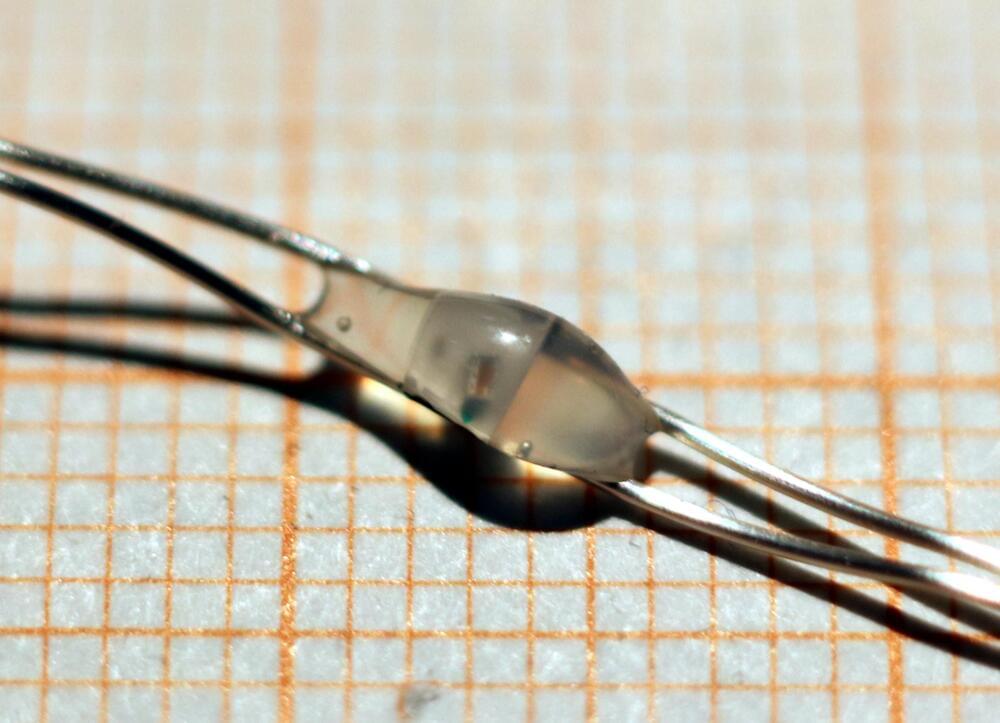One structure on the dwarf planet Ceres made big news but there is a hitch. It seems that the square-shaped form inside a larger triangle, located in a crater. Everyone else saw it, but the use of artificial intelligence might be a square peg not fitting a round hole. This remark by a Spanish neuropsychologist is questioning the veracity of depending on AI, which might be unsound by SETI.
Ceres is located in the main asteroid belt, a dwarf planet, and the biggest object too. One of its craters, Occator had bright lights which lead to several ideas of what it was. NASA sent the Dawn probe to go close enough to capture visual evidence of what these lights were and solve the mystery. These lights were from volcanic ice and salt eruptions, nothing more.
It gets more interesting as researchers based in the University of Cadiz (Spain) have examined images of these spots. Areas like them are called Vinalia Faculae, in an area where geometric contours are very evident for observers. It now serves as a template to compare how machines and humans perceive images on planetary surfaces in general. Tests like these will show artificial intelligence can see technosignatures of other lifeforms besides human-civilization.
